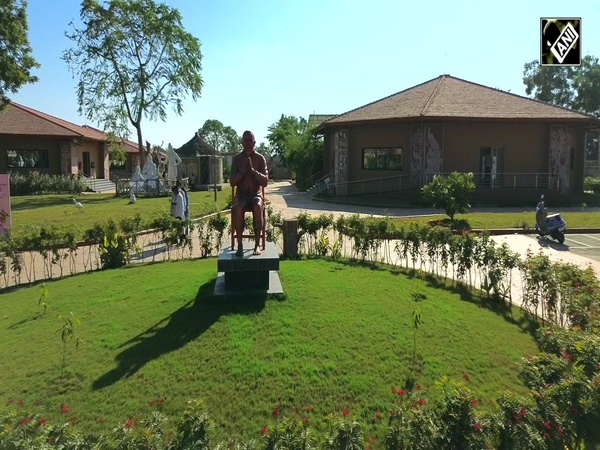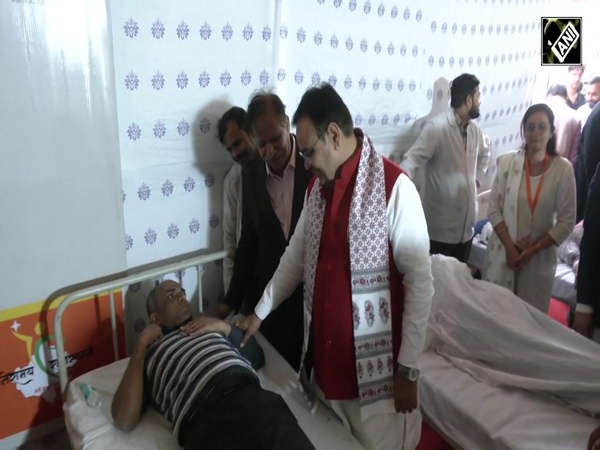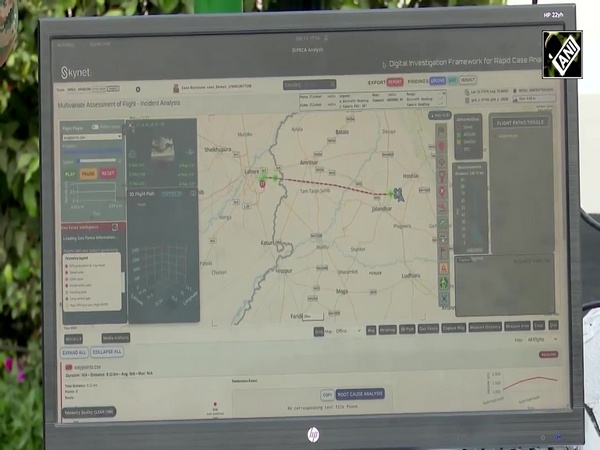Poor eyesight in children increased in past 10 years: AIIMS
Mar 06, 2024

New Delhi [India], March 6 : The Delhi All India Institute Of Medical Sciences (AIIMS) has said that the problem of poor eyesight in children has increased in the last 10 years.
While earlier this problem was present in 13 to 15 per cent of children, it has increased to 20 to 25 per cent in the last 10 years.
That means if there are 50 children in a classroom, then out of them there will be 15 to 20 children who require glasses.
Dr Rohit Saxena, professor of ophthalmology and pediatrics, RP Center at AIIMS, said that in earlier times, only 3 to 4 per cent of children required spectacles but now this number has increased.
"Earlier, the problem of vision defects was seen in children 10 to 12 years of age. But now, at the age of 6 to 7 years, the eyesight of children has started deteriorating and they need to wear glasses," said the doctor.
Not only this, but the doctor also said that even children under 4 years of age are facing the problem of myopia, or vision defect and the reason for its increase is the continuous use of gadgets like mobile phones, tablets, etc. in children.
Children keep using mobile phones and other gadgets for many hours and parents do not interrupt them, Dr Rohit said, adding that before Corona, when parents used to come to us, they used to complain about television hours and ways to solve them.
"But now parents say that he uses the phone only for 2 hours, which means that there has been a change in the mentality of the parents, which is affecting the eyesight of children," he added.
Dr Rohit Saxena said that if children are studying online, then parents should ask them to study on a computer or laptop only and use smart screens for entertainment.
"The distance should be equal to one hand and if the distance is greater than that, then it will also be fine," he added.
Professor Dr Saxena of the RP Center said that in the last 30 years, the problem of poor eyesight in children has increased rapidly. In this regard, the countries of East Asia are at the forefront. This includes countries like China, Singapore, and Hong Kong.
"In the countries of East Asia, 80 to 90 per cent of children suffer from visual impairment. Not only this, if we talk about India, this problem is continuously increasing among children in India," said the doctor.
"Especially earlier, we used to think that the problem of visual impairment was less common in children in rural areas, but now the figures coming out show that even in rural areas, the problem of visual impairment is seen in small children. This means that even in those areas, the use of mobile phones and other gadgets has increased among children," he said.
Dr Rohit said that in the data collected from rural areas in the last 10 years, earlier, 3 to 4 per cent of children had the problem of visual impairment, which has now increased to 7 to 8 per cent.
The doctor said that it is very important to increase digitalization, which is a good thing. People are becoming aware of this, even in rural areas. Along with this, excessive use of mobile phones, tablets and other gadgets is harmful to children.
"Parents need to be made aware of this and will have to explain this to their children since young minds are not aware of the potential damage," he stated.
In such a situation, there are some symptoms. If the symptoms are visible in your child, then pay attention to them. For example, if the child is not able to copy the homework from the board in the class, if the child is copying homework from the other child's notebook, or if the child is watching the board with eyes slightly closed.
Additionally, if the child is watching TV very closely, reading books very closely or has watery eyes and is used to constant rubbing of their eyes, these are all symptoms of a vision defect or myopia.
Regarding this, parents should immediately take their children to the doctor and get their eyes checked.
Along with this, if children use the phone continuously or have to do homework online, then parents should keep in mind that they must take a 5-minute break every half hour and always keep their computer or laptop near the window so that their children keep looking outside while studying.
Along with this, if possible, study in the open on the balcony or terrace. Children need to go out 2 hours during the day in the morning or anytime before evening.
















